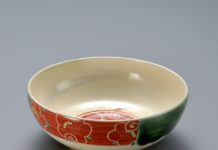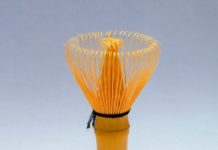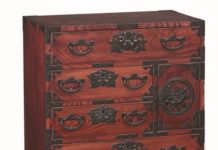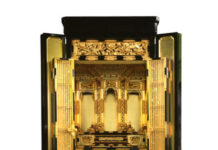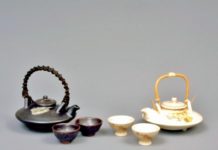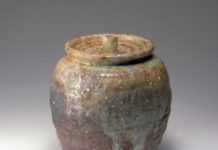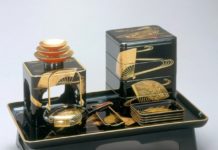Japan
Mashiko-yaki
The distinctive Mashiko style of pottery developed sometime about the middle of the nineteenth century, having come under the influence of kasama-yaki. In the early...
Inshu washi (paper)
The fact that the imperial court was supplied with paper from the province of Inaba (Inshu) is noted in the Engishiki, the Heian period...
Arimatsu narumi shibori
Although the sophisticated technique of tie-dyeing called shibori itself dates back to the Nara period (710-794), the history of the craft here only goes...
Bashofu (banana fibre cloth)
It seems that banana fibre cloth was already being made around the thirteenth century, but it was much later that it became popular. In...
Takayama chasen (tea whisks)
The making of tea whisks began in the middle of the Muromachi period (1333-1568), when the younger son of the lord of Takayama was...
Iwayado Tansu (wooden chests)
The origins of Iwayado Tansu date back to the end of the eighteenth century when the custodian of Iwayado castle had his retainers look...
Hagi-yaki
Returning from a campaign with Toyotomi Hideyoshi on the Korean peninsula, the feudal lord, Mori Terumoto brought back with him to Japan two Korean...
Kyo Butsudan
Household Buddhist altars were a variation of miniature shrines called zushi and were originally used exclusively by the warrior classes. It is thought that...
Satsuma-yaki
The origins of satsuma-yaki date back to the sixteenth century. The local feudal lord, Shimazu, returned from the Korean peninsula with some potters who...
Iga-yaki
The origins of this ware date back to sometime between the second half of the seventh century and eighth century A.D. At the time,...
Miyagi dento kokeshi (dolls)
It is said that these dolls were made to sell to people visiting the hot springs in the north east of the country from...
Wajima nuri (lacquer)
Wajima is located in the Ishikawa Prefecture on Honshu island. Although the oldest piece of Wajima nuri is the shunuri-tobira made in the Muromachi...


